Overview of Virtual Reality in Education
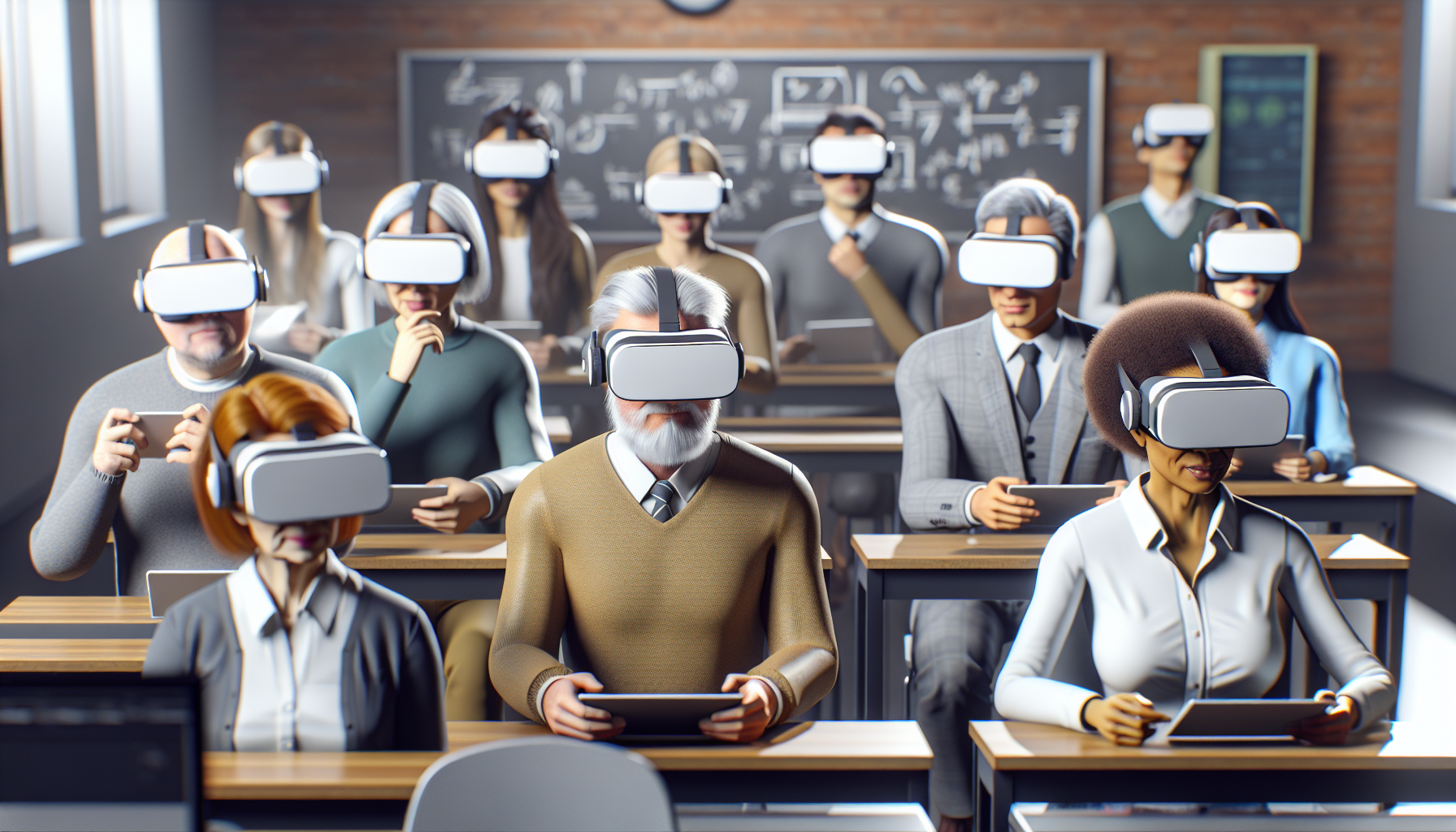
Key Points
- Classroom Chemistry: Learn basic chemistry and physics through engaging gamified experiences in VR.
- Molecule Builder: Practice understanding molecule bonding and predicting molecular geometry.
- Physics: Experience life on the International Space Station and explore the night sky in VR.
- Biology: Take an immersive journey through the human heart and learn about human anatomy in detail.
- Geography: Discover iconic locations like Antarctica and Machu Picchu through immersive VR experiences.
What is Virtual Reality?
Virtual Reality (VR) is a simulated experience that can be similar to or completely different from the real world. It involves the use of VR headsets that generate realistic images, sounds, and other sensations to place the user in a virtual environment.
In educational settings, VR allows for a highly immersive form of learning. Students can interact with three-dimensional environments and gain practical experience through simulation. This technology not only enhances engagement but also improves understanding. It enables students to experience and interact with the subject matter directly.
Benefits of VR in Education
VR in education offers numerous benefits. It provides students with experiential learning opportunities that are hard to achieve in a traditional classroom. For instance, astronomy students can explore the solar system and manipulate celestial bodies to see the effects of their interactions.
Moreover, VR can cater to various learning styles and abilities, offering a personalized learning experience that motivates and excites students. It also allows for the safe exploration of dangerous or inaccessible locations, such as volcanic eruptions or historical battlefields.
Challenges in Creating Engaging VR Educational Content
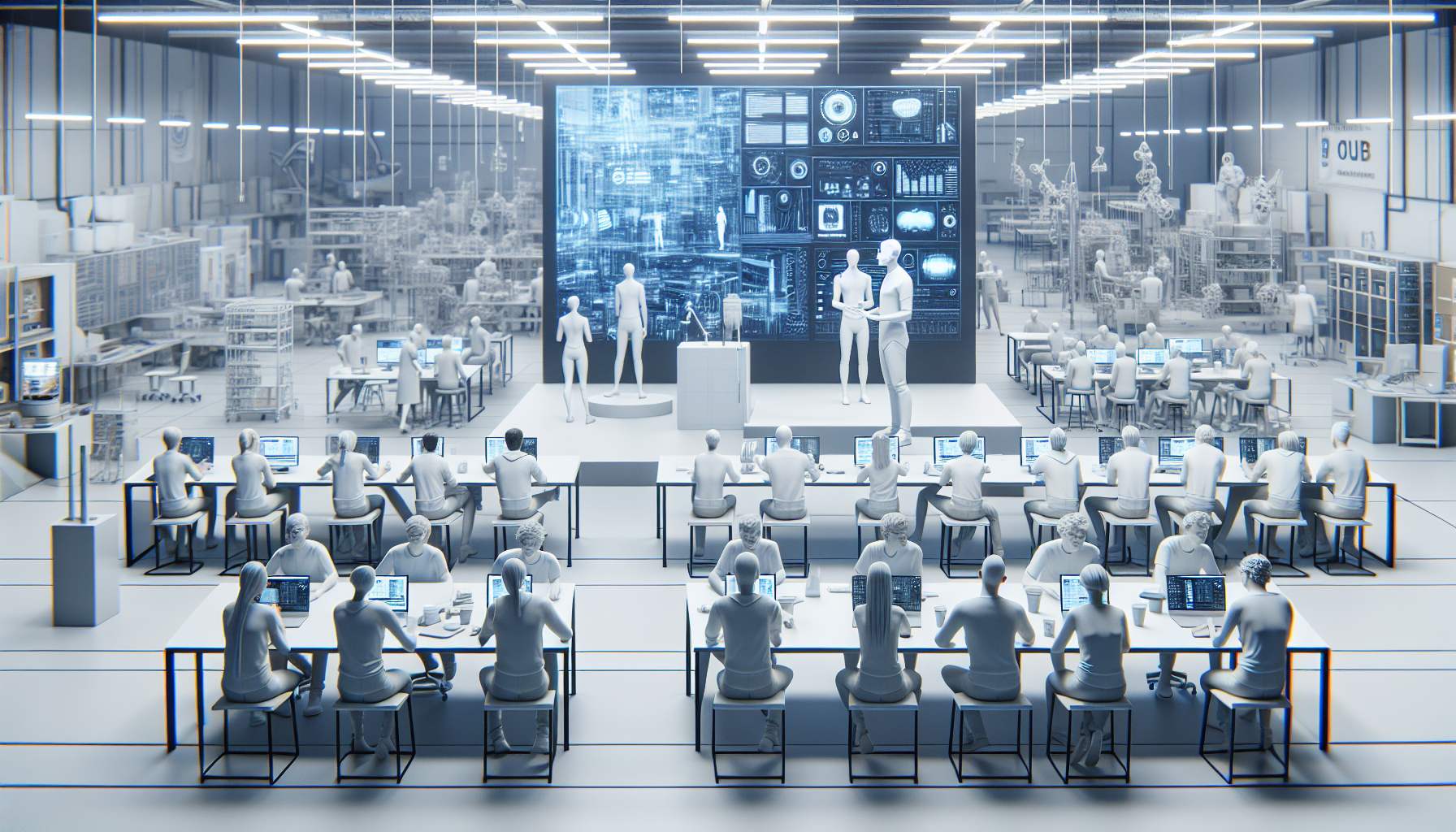
Technical Limitations and High Costs
One of the significant challenges in developing engaging VR educational games is the technical limitation of current VR technology. High-quality VR experiences require advanced graphics and processing power, which can be expensive and out of reach for many educational institutions.
Additionally, developing educational VR content requires expertise in education and game design. This makes it a complex and potentially costly endeavor.
Another hurdle is the cost associated with VR hardware. While prices have been decreasing, the cost of VR headsets and the computers needed to run them can still be prohibitive for schools, especially those with limited budgets. This financial barrier can limit the accessibility of VR educational tools to a broader audience.
Lack of Content Variety and Quality
There is also a noticeable lack of variety and depth in the VR educational content currently available on the market. Many educational VR applications are relatively simplistic and do not fully utilize the medium’s capabilities. Additionally, there is a need for more content that covers a broader range of subjects and caters to different educational levels.
The quality of VR educational content can vary significantly, with some programs offering little educational value and failing to engage students effectively. This inconsistency can make it difficult for educators to find reliable and effective VR learning tools, potentially hindering the broader adoption of VR in education.
Solutions to Enhance VR Educational Games
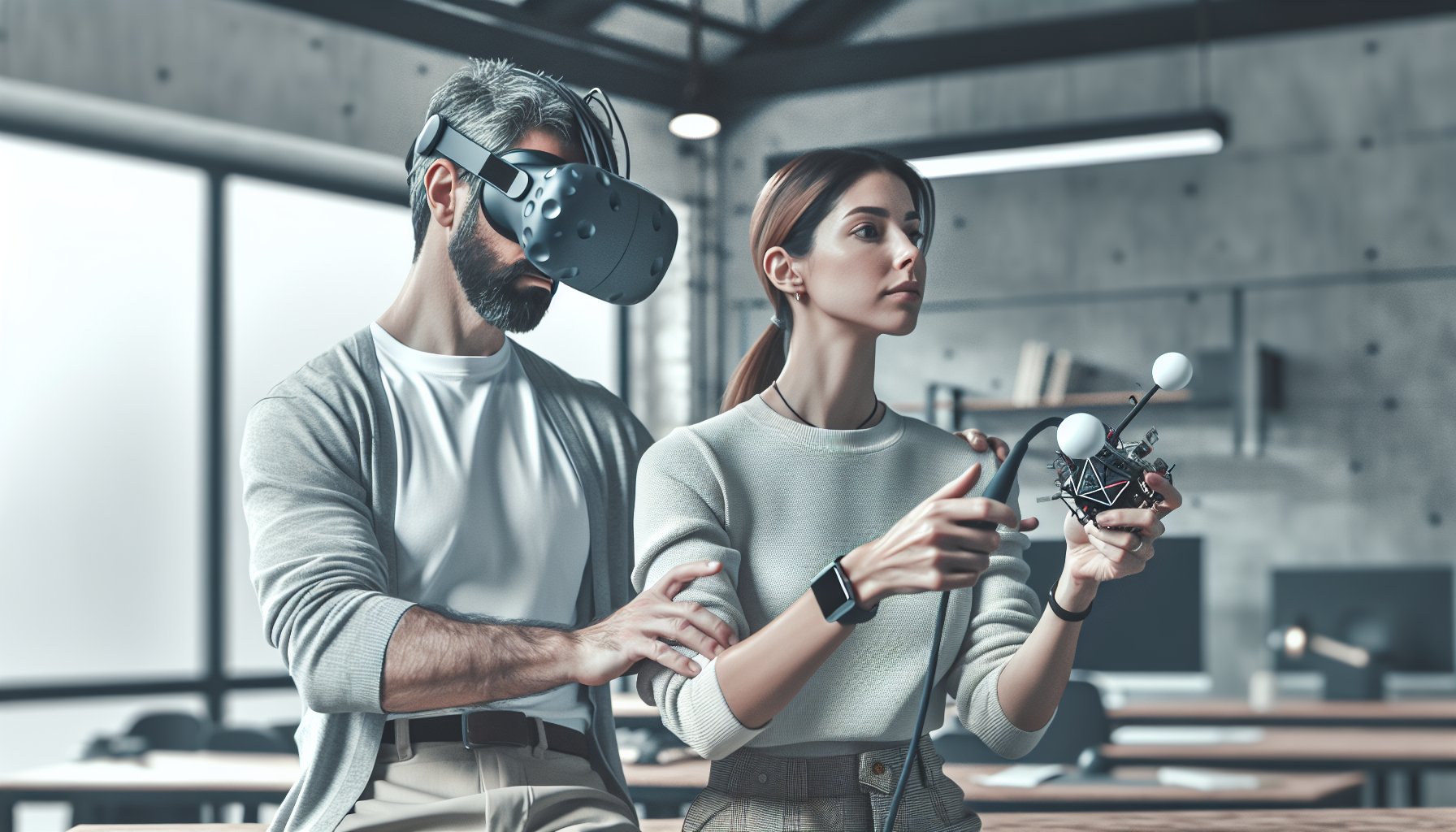
Step 1: Improving Hardware Accessibility
To address the high costs of VR hardware, educational institutions could explore partnerships with VR hardware manufacturers to secure volume discounts or donations. Additionally, developing standardized VR platforms that can operate on less expensive hardware could make VR more accessible to schools with limited budgets.
Educational institutions can also seek grants and funding from educational and technological sources to subsidize the cost of VR equipment. By lowering the financial barriers, schools can more readily adopt VR technology and provide students with innovative learning tools.
Step 2: Enhancing Content Quality
Investing in the development of high-quality VR content is crucial. This involves collaborating with educational professionals, game designers, and subject matter experts to create engaging and pedagogically sound content. Ensuring that VR educational games are not only immersive but also aligned with curriculum standards is essential for their success and adoption.
Regular updates and improvements based on feedback from educators and students can help refine VR content. This ensures it meets the evolving needs of learners. Additionally, incorporating adaptive learning algorithms can help personalize the learning experience, making it more effective for students with varying learning styles and abilities.
Step 3: Expanding Subject Matter Coverage
To combat the lack of variety in VR educational content, developers should focus on expanding the range of subjects covered. This includes not only core subjects like math, science, and history but also less commonly represented areas such as arts, music, and vocational training.
Creating a collaborative platform where educators can share, rate, and modify VR content can lead to a richer and more diverse library of VR educational resources. This community-driven approach can accelerate the development of new content and ensure it is relevant and beneficial for educational purposes.
Code Example: Implementing an Interactive VR Classroom
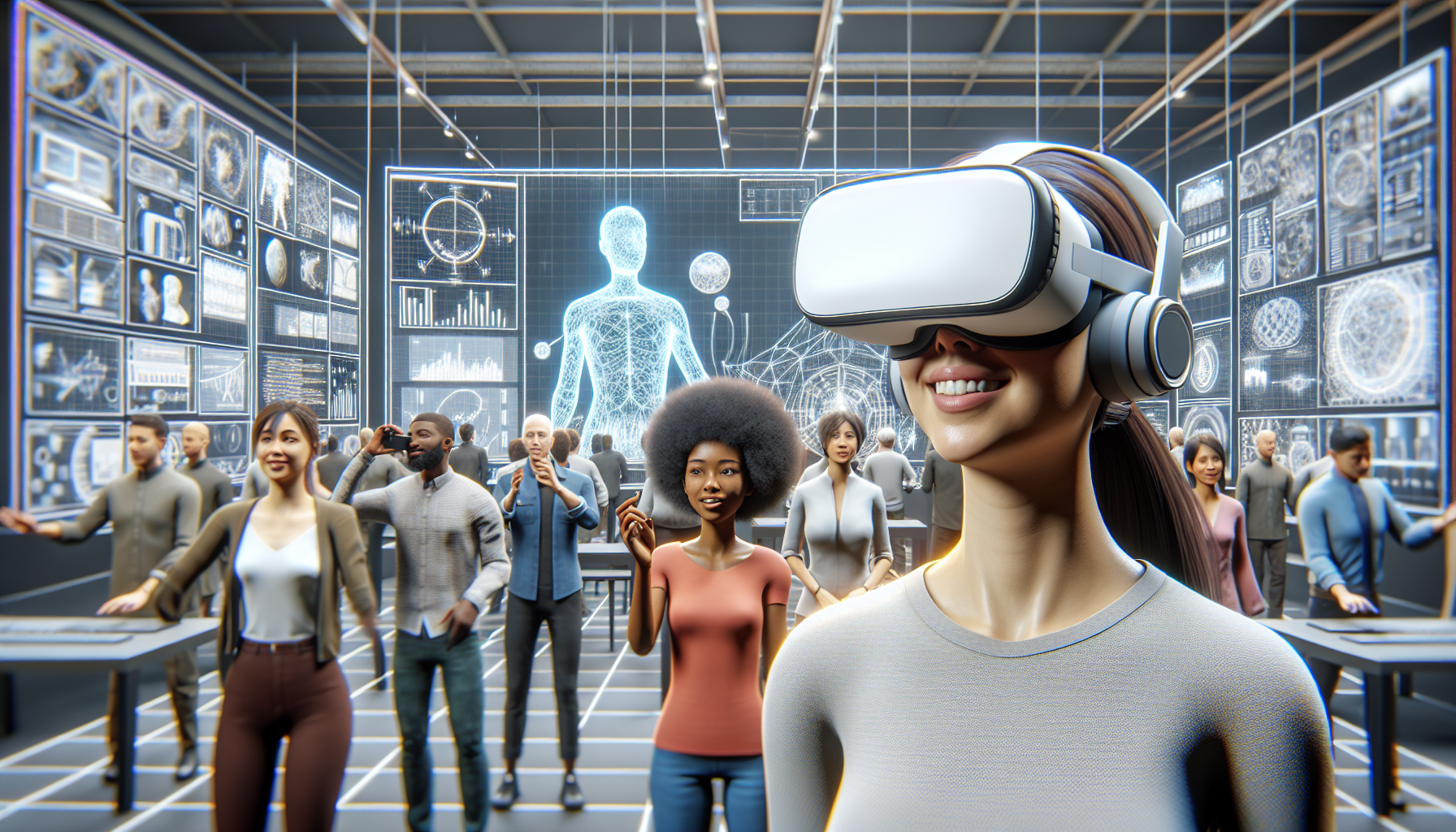
The following Python code demonstrates how to set up a basic interactive VR classroom environment using the popular game development platform, Unity. This example includes simple interactions such as object manipulation and basic physics to simulate a realistic educational setting.
# Import necessary libraries
import UnityEngine as UE
# Define the VRClassroom class
class VRClassroom:
def __init__(self):
self.students = []
self.teachers = []
self.classObjects = []
def add_student(self, student):
"""Add a student to the classroom."""
self.students.append(student)
def add_teacher(self, teacher):
"""Add a teacher to the classroom."""
self.teachers.append(teacher)
def add_object(self, obj):
"""Add an object to the classroom for interaction."""
self.classObjects.append(obj)
def simulate(self):
"""Simulate a class session with interactions."""
for obj in self.classObjects:
obj.interact()
for student in self.students:
student.learn()
for teacher in self.teachers:
teacher.teach()
# Example usage
classroom = VRClassroom()
classroom.add_student("Student1")
classroom.add_teacher("Teacher1")
classroom.add_object("PhysicsBook")
classroom.simulate()
This code sets up a basic structure for a VR classroom where students and teachers can interact with objects. The `simulate` method represents a simple interaction session, demonstrating the potential for more complex interactions and learning activities in a VR environment.
FAQs
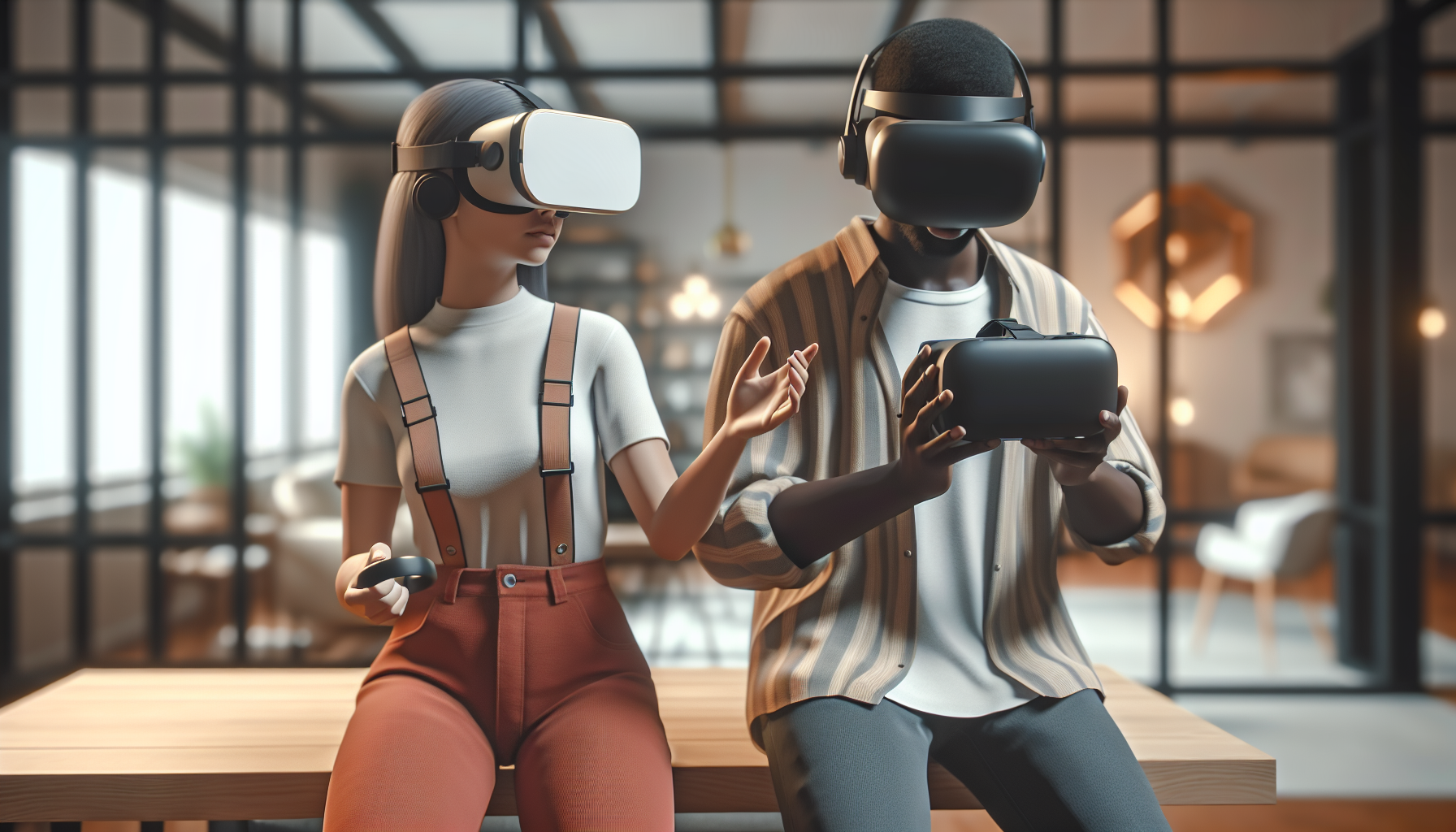
What are the hardware requirements for running VR educational games?
Running VR educational games typically requires a VR headset, such as the Oculus Quest, HTC Vive, or PlayStation VR. These headsets need to connect to a computer or console with sufficient processing power, graphics capabilities, and memory to handle the demands of VR software. For the best experience, experts recommend using a high-end graphics card and a modern processor.
Additionally, VR setups often require specific space configurations for safe movement. Some systems may need external sensors or cameras to track the user’s position and movements accurately.
How can VR be used to enhance traditional education methods?
VR can enhance traditional education methods by providing immersive, interactive experiences that are not possible in a typical classroom setting. For example, VR can transport students to historical sites, simulate complex scientific processes, or provide a first-person view of artistic creation. These experiences can help students understand and retain information more effectively by engaging them on multiple sensory levels.
Furthermore, VR can support differentiated instruction by offering customizable scenarios that cater to different learning styles and paces. Teachers can use VR to create dynamic, inclusive, and adaptive learning environments that motivate and inspire students to explore and learn.
What are the potential risks associated with using VR in education?
While VR offers many educational benefits, there are potential risks associated with its use in educational settings. One concern is the physical safety of students, as immersive VR experiences can lead to spatial disorientation, motion sickness, or even physical injury if not properly supervised. It is essential to establish clear safety guidelines and ensure that the learning environment is secure.
Another risk involves the potential for over-reliance on VR technology. This could lead to a reduction in traditional, interactive teaching methods that are also valuable. Educators must strive to find a balance between using VR as a supplementary tool and maintaining effective teaching practices that do not solely depend on technology.
Can VR educational games be customized for different educational levels?
Yes, VR educational games can be extensively customized to cater to different educational levels and learning objectives. Developers can design VR applications with adjustable difficulty settings, diverse content modules, and scalable challenges to accommodate various age groups and educational standards.
Moreover, VR platforms can incorporate adaptive learning technologies. These technologies adjust the content and pace based on the user’s performance and engagement. This customization makes VR an excellent tool for personalized learning. It allows students to learn at their own pace and according to their individual needs.
Future Predictions
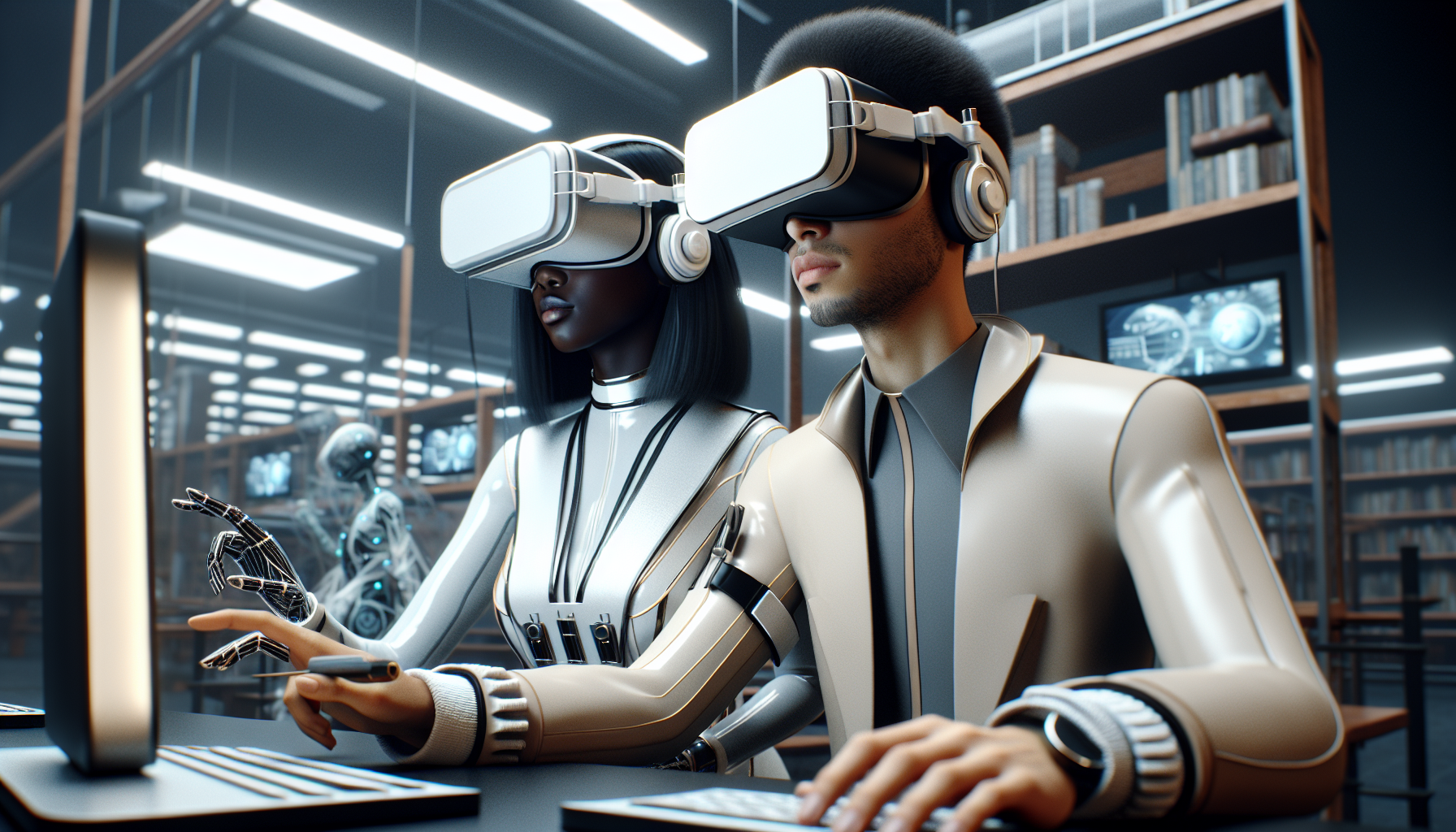
As VR technology continues to evolve, its impact on education is expected to grow significantly. Here are five predictions for the future of VR in educational settings:
- Increased Adoption in Schools: As VR technology becomes more affordable and accessible, more schools worldwide will adopt VR to enhance their teaching methods and provide students with unique learning experiences.
- Advancements in VR Hardware: Future developments in VR hardware will focus on enhancing comfort, reducing costs, and improving the user experience, making VR more practical for extended educational use.
- Growth of VR Content Libraries: Educational content for VR will expand, covering a broader range of subjects and incorporating interactive elements that cater to various learning styles and preferences.
- Integration with AI: AI integration will make VR education more adaptive and personalized, allowing for real-time adjustments to learning paths based on individual student performance and needs.
- Global Collaboration Projects: VR will enable more global collaboration projects where students from different parts of the world can work together in virtual environments, fostering cultural exchange and global awareness.
More Information
- Top 80 Educational VR Games
- Reddit community discussion about educational VR Games
- The best educational VR Games available
- VR Educational Games for Kids and Teens: Top 12 Picks of 2024
- Exploring Gaming Platforms: Finding the Best Ones
Disclaimer
This article is AI-generated with educational purposes in mind and does not intend to provide advice or recommend its implementation. The goal is to inspire readers to research and delve deeper into the topics covered.
- Analyzing Patterns in Failed Products - July 25, 2024
- Hybrid Cryptographic Systems - July 24, 2024
- Inadequate Threat Intelligence Integration - July 23, 2024
